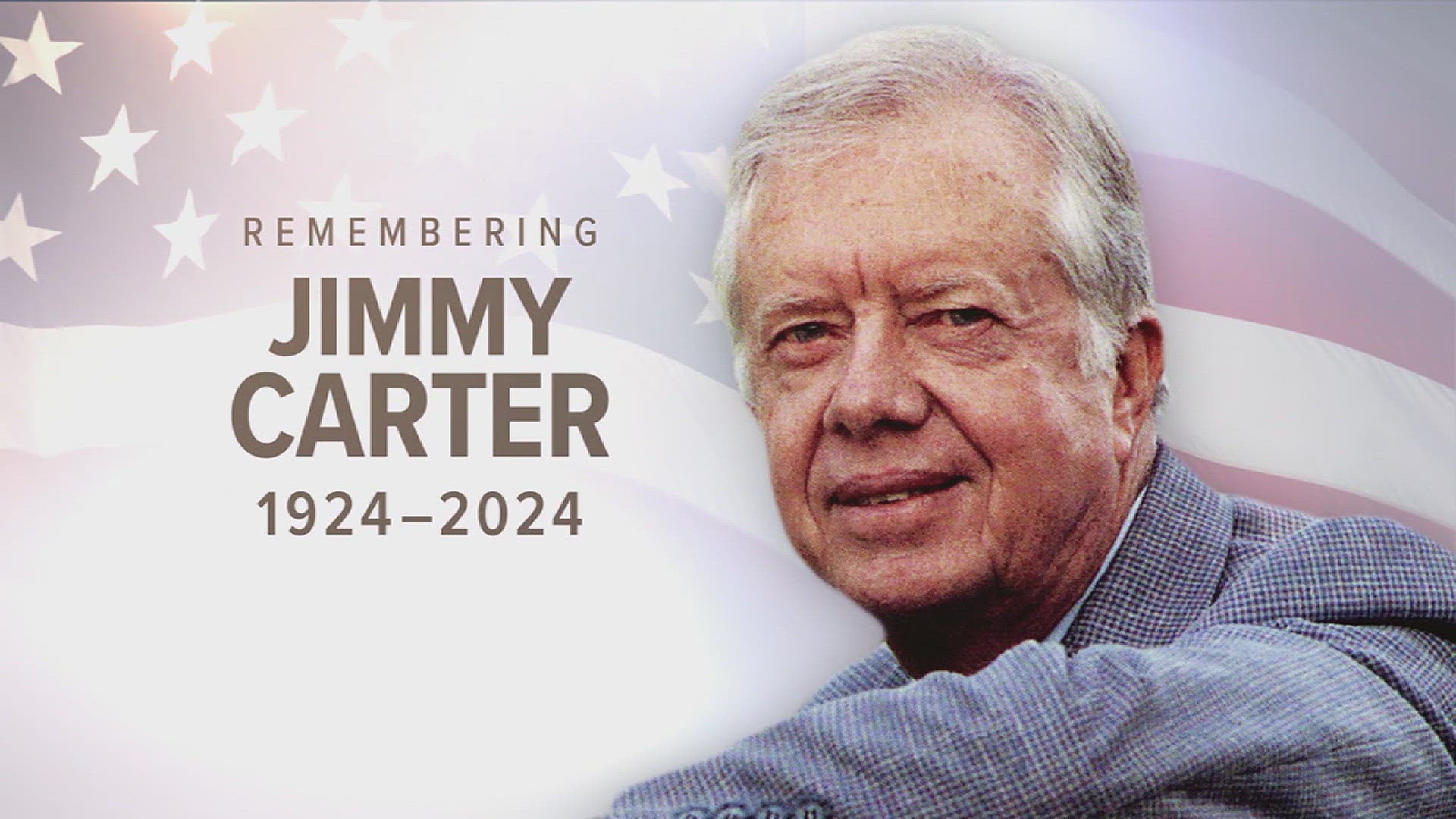(Akiit.com) W.E.B. Dubois famously wrote that “the problem of the twentieth century was the problem of the color line.” This historical reality was dramatized, in Technicolor, in the film Across 110th Street: On one side of he street was the Harlem ghetto and all its poverty; on the other side, the plush affluence of Morningside Heights. The social distance between these two places was as significant as that between two counties, or two continents.
When Henry Louis Gates became a Harvard professor and moved into the tony Ware district of Cambridge, his success reverberated nationally. We read it to say he crossed over, and more than that, with his superstardom, perhaps the color line had been erased altogether.
What the incident in Cambridge tells us is that while blacks may now freely go “across 110th street,” the color line follows them. A black man carries his color line with him in his skin.
In Blues People, Amiri Baraka writes that the challenge that black slaves faced in the new world was that they were foreign. Apparently, we still are. Lucia Whalen worked for the same university as Gates and lived in the same community. But she did not recognize her colleague and neighbor.
I’m reminded of Boris Kudjoe testifying how people often ask him when he answers his door, “Where is the man of the house?” Jogging at night in my own gated community, I was trailed by a security guard for much of the run home. Whites presumptively belong in affluent neighborhoods, in positions of privilege and wealth. Blacks appear out of place. We are, to borrow a phrase from Baldwin, still “strangers in the village.”
Why is this so?
According to Andrew Hacker, blacks are almost 14 percent of the population but still comprise only 5.1 percent of the lawyers and 5.6 percent of the doctors. Blacks, who were counted as three-fifths of a person, still earn approximately 60 percent of what whites earn. The average white family has a net worth of $81,000. For blacks, it is $8,000.
Perhaps because of these statistics, perhaps because of history, an implicit bias test sponsored by Harvard showed 88 percent of whites harbored anti-black unconscious bias. A Daily News cartoon pandered to this implicit racism when it brazenly portrayed Barack Obama as a chimpanzee escaped from the zoo.
Unconscious bias operates like a foggy window distorting our perception of who is our neighbor, our fellow citizen. Looking at the world in this way, many Americans buy into the story that links black men and crime.
It is a story of us versus them. Earl Graves found himself in this story a few years back when he was mistaken as a bank robber. He was detained by police looking for a black man with short hair. A Maryland study showed that while blacks and whites used drugs in statistically identical rates, blacks — who make up 25 percent of the Maryland population — make up 67 percent of those arrested and 95 percent of those imprisoned for drugs.
These patterns are unexplainable, except in terms of race. In a colorblind society, the police officer taking down Lucia Whalen’s colorless description of the men at Gates’ door — “two men with backpacks” — might have recorded it just that way. But that is not the kind of society we have. The officer wrote down that there were two “black men with backpacks pushing in a door.” The “black men” description set the stage for drama. When Sgt. James Crowley saw Gates, he conscripted Gates for the role of thug. Gates did not need saggy pants or twisty braids. He needed no makeup. However dressed, he fit the profile.
Written By Donald Jones









Leave a Reply